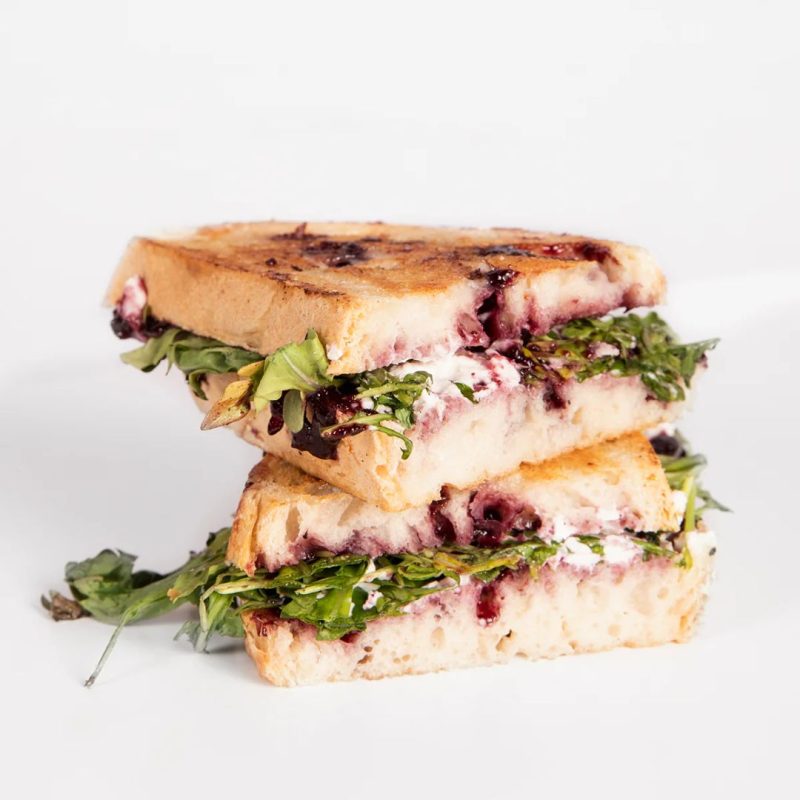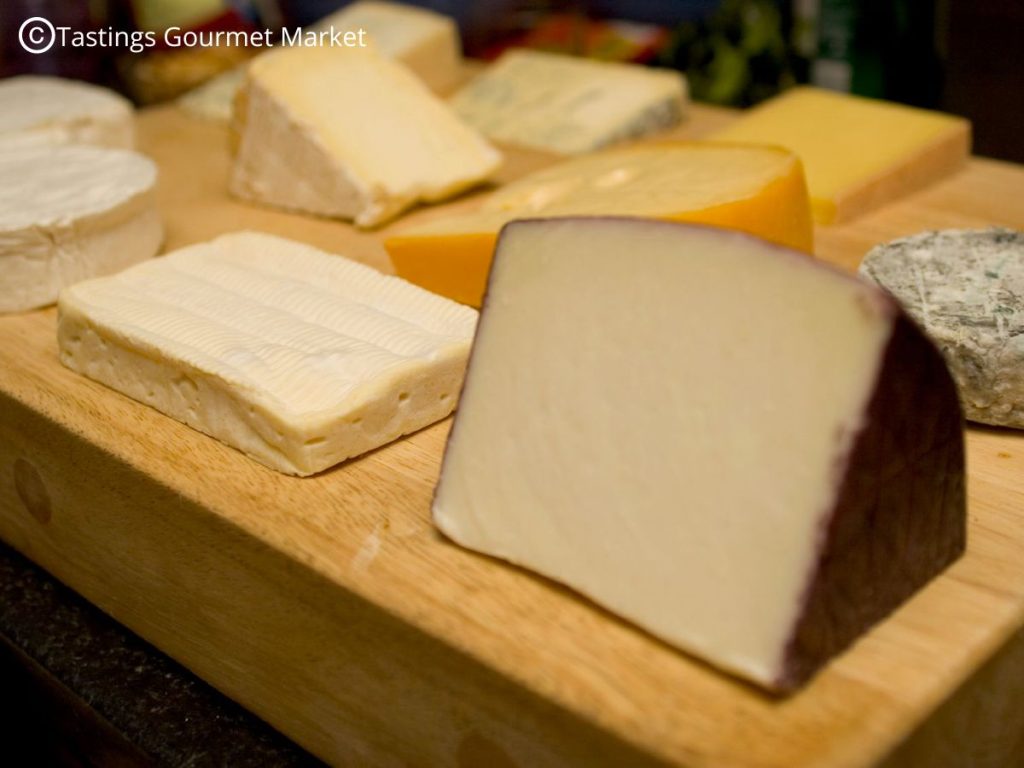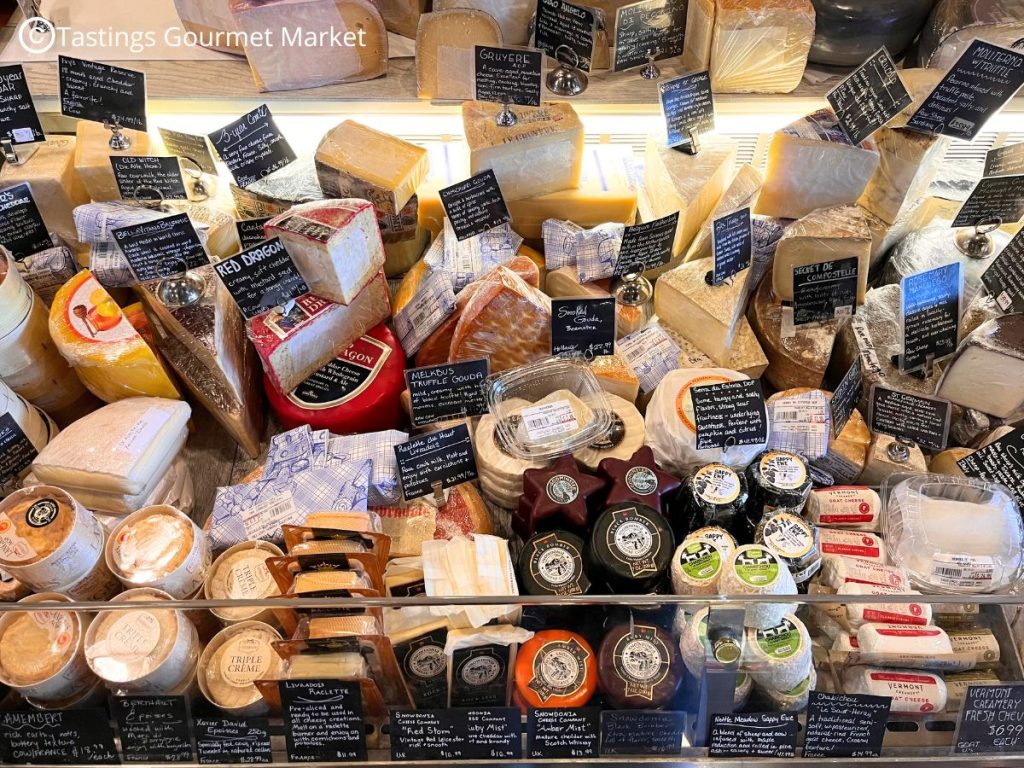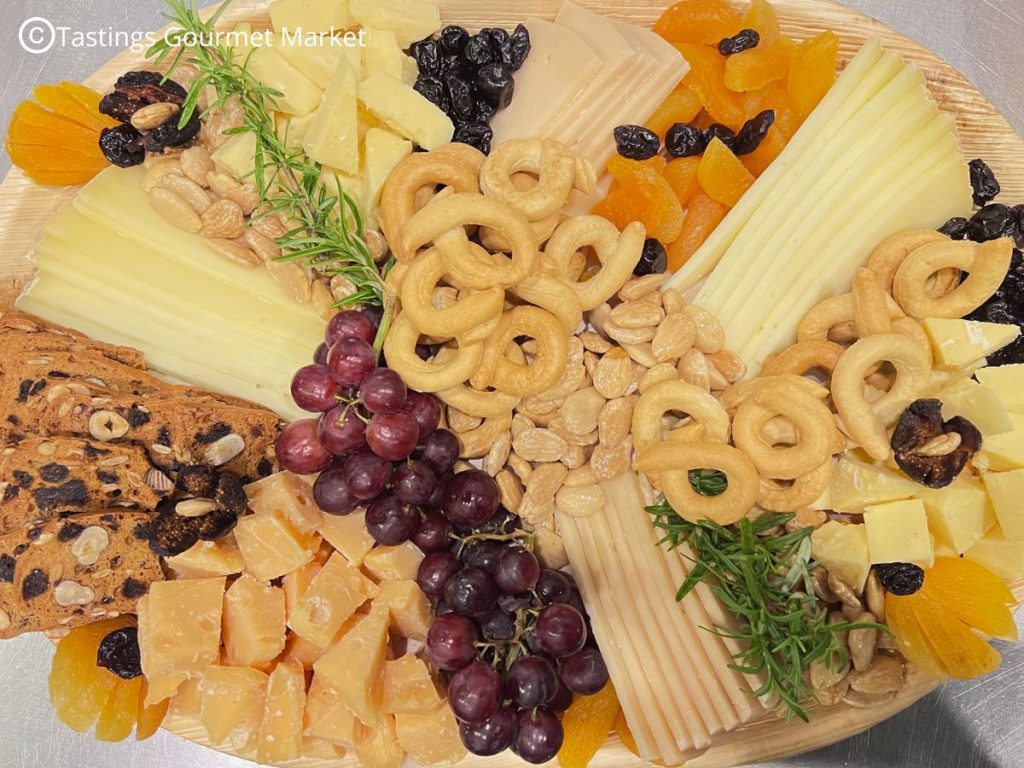
In the News
"Whether Annapolis is your home, your destination or a pit stop on the way to your beach vacation, Tastings Gourmet Market is the place to pick up a few provisions for an al fresco meal on the waterfront.”
The Washington Post
Have you ever brought home a dreamy cheese, tossed it in the fridge, forgotten about it, then found it weeks (maybe months) later completely done for? This is a tragedy for cheese lovers.
As author Clifton Fadiman said, “cheese is milk’s leap toward immortality,” so let’s not kill it. We don’t want your fridge to become a graveyard of forgotten cheeses, so we’ve put together this guide of the best practices in storing and preserving cheese.
The lifespan of a cheese is determined by two controls: temperature and humidity. To make things a little more difficult, temperature and humidity play differently depending on the style of the cheese. In general, colder spaces slow down the aging process therefore extending lifespan. However, you need to factor in when you will be enjoying the cheese. As a golden rule, we recommend only buying what you can consume in a week. We are often asked if cheese can be frozen. The short answer is yes, however it will never be the same once thawed and should be used for cooking purposes, not a cheese board.

Proper cheese storage maintains its texture, flavor, and freshness. Soft and fresh cheeses should be stored in airtight containers. Blue cheeses prefer to be wrapped in aluminum foil to preserve moisture content. Semi-hard and hard cheeses like a breathable paper wrapping. Wrap your cheese at home with reusable cheese bags, cheese paper, or the parchment or wax paper you have on hand.
To best preserve your cheese’s taste and texture, use a cheese storage device like a Cheese Grotto or keep it in the fridge vegetable drawer. The vegetable drawer has a slightly higher temperature and humidity level than the rest of the refrigerator, which will keep your cheese fresher for longer. It also protects your cheese from aromatic foods in your fridge, which can affect its flavor.

It’s happened to all of us – we build a beautiful charcuterie board with the finest cheeses for a cocktail party and at the end of the night there are still bits and pieces of cheese and you’re left wondering what to do with them.
Leftover cheese can be rewrapped and stored in the fridge. Snack on it tomorrow, grate into mac and cheese, or make the brilliant French invention, fromage fort. To make fromage fort, combine leftover cheese with a bit of cream or crème fraîche, white wine, garlic, and herbs in a food processor and enjoy on crackers or bread.

Don’t let moldy cheese scare you – cheese is a living product and mold is a sign that it is alive and healthy. Mold is even used in the making of some cheeses like blues and bries.
Green, blue, and white appearing mold doesn’t pose a threat to your health, but it may impact the flavor of your cheese. If you spot mold, cut or scrape it off the surface of your cheese. If you want to be more cautious, cut off an inch under and around the mold.
The relationship between you and your cheese is like a good friendship, it takes understanding, respect, and care. These tips are easy to implement and will save you money, time, and the heartbreak of wasted cheese.
Get immediate email notifications of new recipes. Enter your email below to sign up.
In the News
"Whether Annapolis is your home, your destination or a pit stop on the way to your beach vacation, Tastings Gourmet Market is the place to pick up a few provisions for an al fresco meal on the waterfront.”
The Washington Post